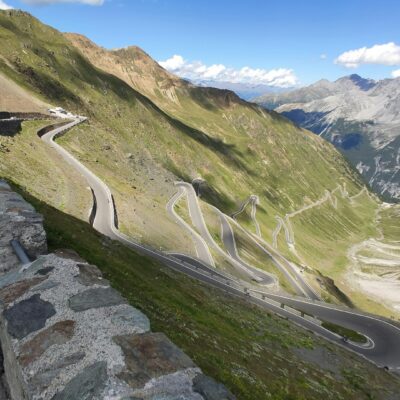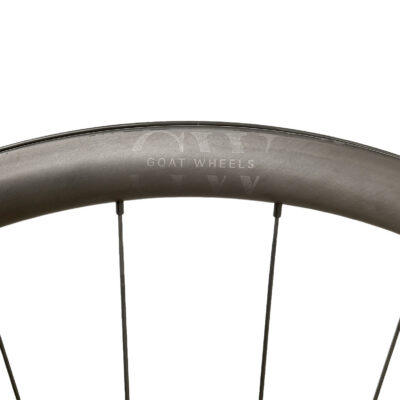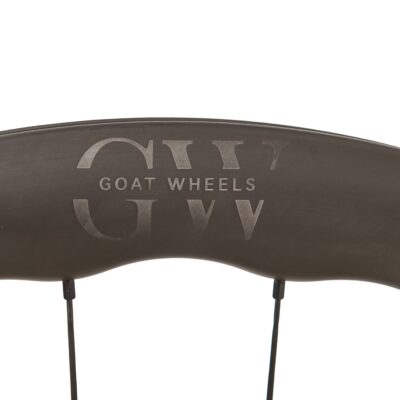WHICH WHEELS FOR THE MOUNTAINS? THE COMPLETE GUIDE FOR CLIMBERS
Introduction
Choosing the right wheels for the mountains can turn an arduous climb into a smooth, high-performance one. Indeed, lightness, stiffness and handling are essential criteria for efficient climbing. In this guide, we go step by step through the technical aspects, materials, rim profiles and GOAT Wheels models specially designed for mountain passes. So you’ll know exactly how to optimize your equipment before your next high-altitude outing.

Why opt for specific mountain wheels?
On the other hand, tackling steep slopes requires the right equipment. Lightweight wheels reduce rotating mass and minimize inertia. As a result, every recovery is sharper and every turn more precise.
In short, when it comes to choosing efficient wheels for uphill riding, lightness and responsiveness are the most important criteria.
Rim height: which profile is best for mountain use?
To find out all about rim height and its impact, consult our dedicated guide.
When choosing a pair of wheels for the mountains, remember that low-profile wheels remain the benchmark for efficient climbing without loss of stability.


What material should you choose for your mountain wheels?
However, the material is another crucial point if you’re wondering which mountain wheels to adopt. Here are the main options:
So, depending on your budget and your objectives, you’ll know exactly which wheels will combine lightness and durability.
Internal width & tire compatibility
In addition, the internal width of the rim determines the range of tires that can be used and their stability. To get wheels that perform well on hills, we therefore give priority to :
To find out more about tire-rim compatibility, visit our page on this subject.
In addition, tubeless mounting allows you to reduce pressure without the risk of punctures, and improves downhill grip. However, to save a few more grams when climbing, TPU tubing is still a solution.
Our recommended GOAT Wheels for the mountains
To illustrate which mountain wheels are right for you, here are three top models:
|
Model |
Weight |
Rim profile |
Braking |
Price |
|
1175 g |
35mm |
Discs |
1599€ | |
|
1340 g |
35mm |
Discs |
1200€ | |
|
1230 g |
50mm |
Discs |
1699€ |
Tip: for maximum lightness, opt for the Mountain Goat D35.2 if your budget allows.
Conclusion
So when you’re wondering which wheels are ideal for mountain passes, keep these key points in mind:
To discover all our road wheels, visit our GOAT Wheels road wheels and get ready to dominate the passes!
You can also find all our tips, advice and comparisons in our bicycle wheel guides.
